Crypto update: Should we pick crypto over the gold for storing our wealth?
The financial market has been very functionary lately. Cryptocurrency prices have been moving ups and downs, gold is also not staying steady.
With increasing inflationary pressures, investors are increasingly looking for safe havens to store property.
Traditionally, gold has been the favored place to hedge against the devaluation of the U.S. dollar.
However, as cryptocurrencies gain popularity, some people may see them as a viable alternative.
The question is, should investors buy gold or add more cryptocurrencies to a diversified portfolio?
According to the U.S. Federal Reserve System M2 Money Stock report, about a quarter of the dollar was created last year.
Several economists call this unsustainable fiscal and monetary policy. Unlike past hyperinflation events, investors today have more choices. Institutional investors may still view gold as a safer bet.
Though, the cryptocurrency market is increasingly seen as an opportunity for more incredible and faster returns.
Gold-Safest investment?
As we saw last year, crypto is not for risk aversion. On the other hand, gold is seen as a safe, time-tested investment.
In fact, according to data from the World Gold Council, during periods of high inflation (over 3%), the average annual return of gold is 15.4%. Gold is a haven to protect assets when the market drops.
According to Lynch, the safest investment with the lowest risk is physical gold.
When it comes to Cryptocurrency, Lynch prefers Bitcoin to some other rising stars. Although he is not a true early adopter, he can buy when its trading price is meager.
However, he admitted that although his portfolio does include crypto, he does not recommend anyone go all out.
Lynch thinks Cryptocurrency will be worth a lot of money in the end
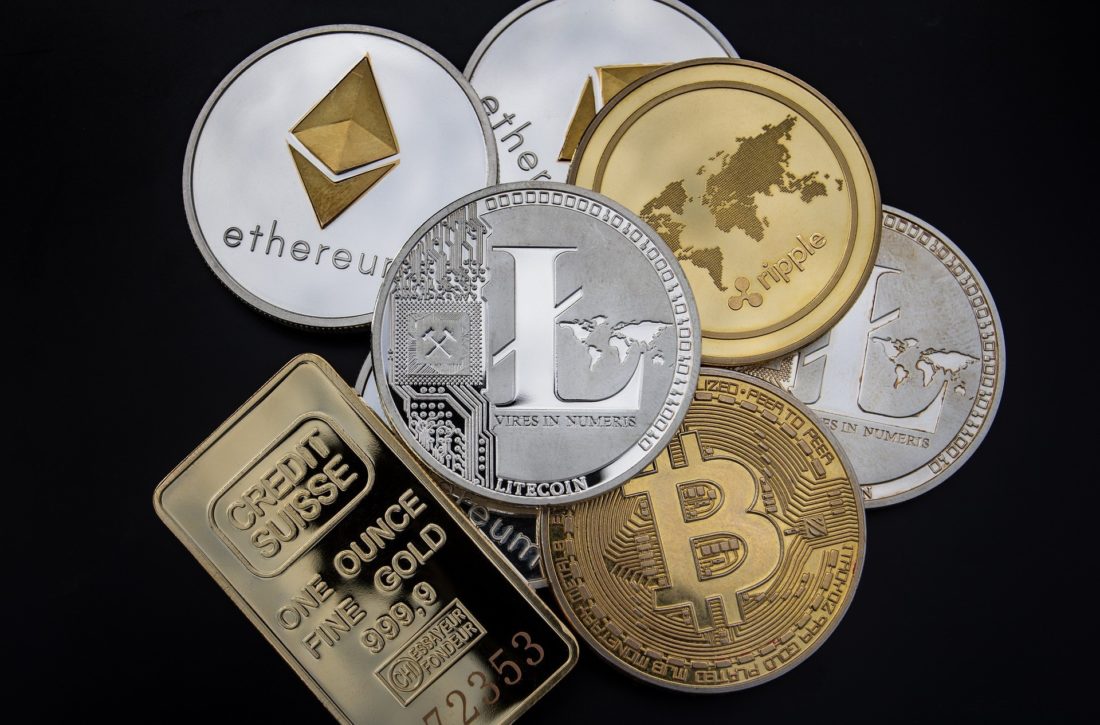
Though, there is not even 100% certainty about the survival of cryptocurrencies.
Crypto is easy to transport. If you have a smartphone, you can send it anywhere globally, so it is a better way to preserve value than gold.
However, Investors have other concerns. Government regulation is a good example. Although India and Turkey have completely banned the crypto industry, others believe that the government should intervene in the currency.
For some investors who predict that Bitcoin will exceed $250,000 in a relatively short period, the potential benefits outweigh any possible crash.
Overall, Bothrek and Lynch are betting on gold, but they both believe that cryptocurrencies also have a bright future.
Most importantly, whether you believe in gold stocks, physical gold, or cryptocurrencies, there are many opportunities for investors seeking to hedge against the U.S. dollar.
Forex Market update: How is the U.S. dollar doing?
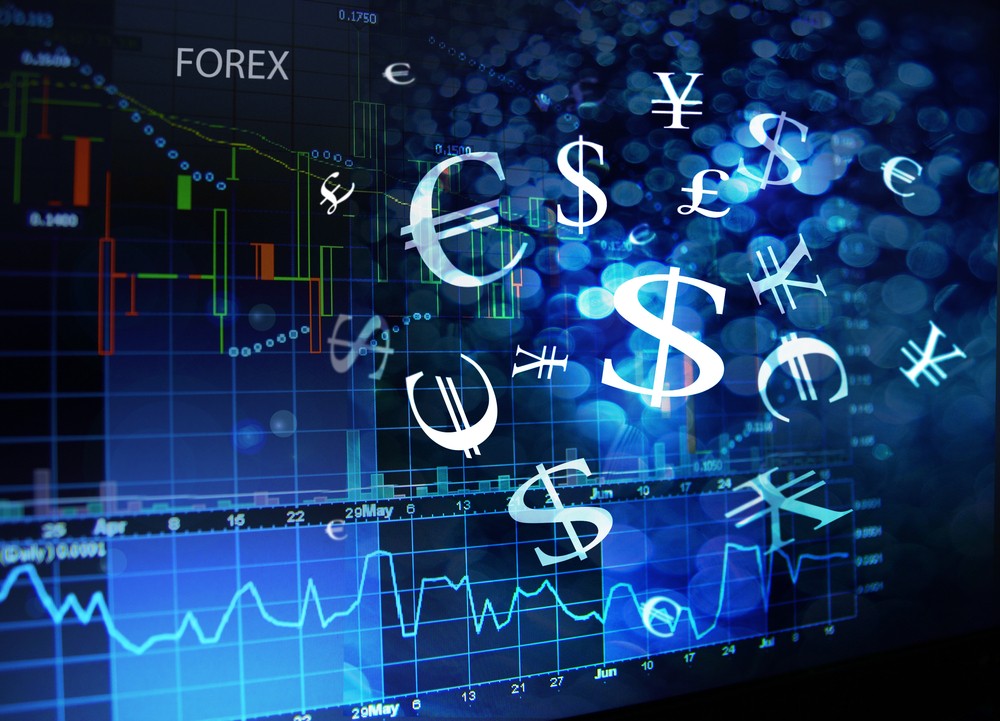
The U.S. dollar rose in early European trading on Friday. Safe-haven assets benefited from investors’ concerns about the global economic recovery due to another surge in Covid-19 cases, which became more risk-averse.
At 2:55 am Eastern Time, the U.S. dollar index, which tracks the U.S. dollar against a basket of six other currencies, rose 0.1% to 92.505, slightly lower than Wednesday’s three-month high of 92.844.
The dollar/yen rose 0.3% to 110.06, the euro/dollar fell 0.1% to 1.1827, and the risk-sensitive Australian dollar/dollar fell 0.1% to 0.7419, extending Thursday’s 0.7% decline, slightly higher than the year’s new low of 0.7410.
There is growing concern that the rapidly spreading delta variant of the Covid-19 virus may hinder the global economic recovery that has shown some weakness.
These concerns caused the benchmark 10-year U.S. Treasury bond yield to fall to 1.25%
Falling to 1.25% is the lowest point in nearly five months. At the end of Thursday, putting the dollar under pressure has since rebounded to 1.34%. Just two weeks ago, this proportion was as high as 1.54%.
San Francisco Fed President Mary Daley told the Financial Times in an interview published on Friday: “One of the biggest risks to global growth in the future is our premature announcement of victory over the new crown virus.”
With the increase in cases, Japan has declared a state of emergency in Tokyo, which means that the upcoming Olympic Games will be held without spectators. The death toll and the number of cases in Southeast Asia are now at record highs.
The number of infections in countries such as the U.K. and the U.S. is also rising
The weekly U.S. unemployment data released on Thursday proves the uneven economic recovery, as the number of new Americans applying for unemployment benefits unexpectedly increased last week.
In addition, after the U.K.’s economic growth in May fell below expectations, the pound fell by 0.1% to 1.3768 against the U.S. dollar.
The country’s initial GDP estimate showed an increase of 0.8%, which was lower than the 2% growth in the previous month. The increase was revised downward.
In other respects, USD/CNY fell 0.1% to 6.4881, after China’s June consumer price index rose 1.1% YoY, which was lower than expected, while the month-on-month contraction of 0.4% was higher than expected.
At the same time, the producer price index increased by 8.8% year on year, still at an uncomfortably high level as Beijing tries to support the post-coronavirus recovery.
Stock market update: Covid-19 stays as a vast disturbance for the stock market

The stock market this week ended excitingly. On Friday, U.S. Treasury bond yields rebounded, world stock markets stabilized, and the U.S. dollar strengthened.
As new covid-19 cases continued to increase, the market paused the economic recovery.
The global rise in Delta Coronavirus cases has raised the risk of hunger, and the markets suspended for some time for safety.
The MSCI World Index remained stable in its first European transaction
The gains in many regional stock markets offset the weakness in Asian stock markets overnight. The STOXX Europe 600 Index increased by 0.8%.
Overnight in Asia, MSCI’s broadest index outside of the Asia-Pacific region (except Japan) temporarily touched a two-month low and then cut losses.
U.S. stock index futures pointed to a slight increase at the opening of Wall Street, rising 0.2%.
Analysts said that the aggregation of events triggered a shift in mood rather than a single catalyst.
There are worries that the central bank will tighten policies to curb inflation. Also, the rapid spread of the delta virus and the low vaccination rate hindering economic recovery make the view bleak.
In Australia, Sydney introduced a stay-at-home order to fight the spread of the virus.
Vietnam has also introduced new restrictions, and deaths have been reported across South Asia.
After falling sharply at the beginning of the week, the 10-year Treasury yield rose by about four basis points to 1.334% on Friday.
Nevertheless, it is still far behind the 2021 high of 1.776% reached in March.
The number of new Americans applied for unemployment benefits. This increased the perception that the job market is still struggling to recover from the COVID-19 pandemic.
Commodities update: How is the EU emissions-cutting plan going?
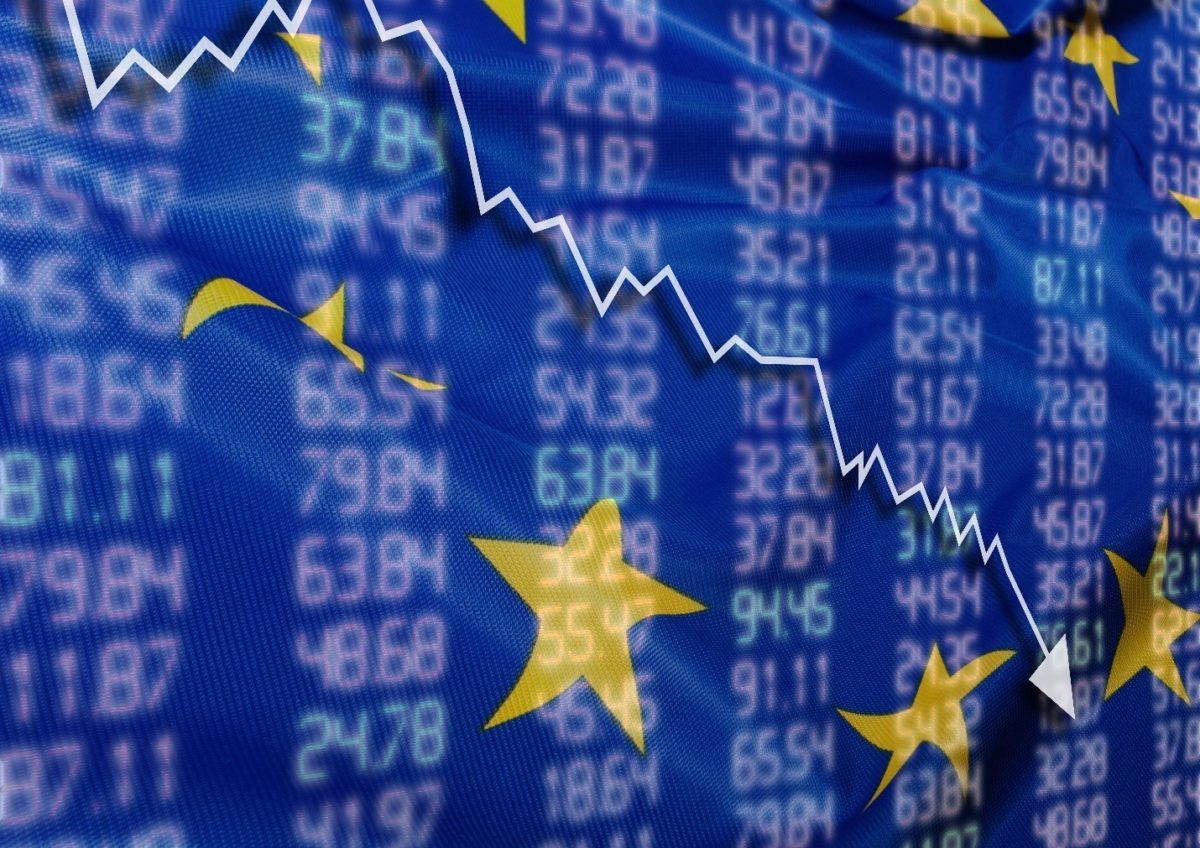
The EU intends to increase the carbon pricing of vehicle fuels and to provide home heating facing early resistance from various countries.
Unless supporters find a way to repay the worst blows, legislators fear that they will resist the public.
The plan will set up an Emissions Trading Scheme for transportation and heating, creating a market price for carbon — a price that fuel suppliers may pass on to the 5 billion European consumers in the form of higher bills.
It is expected to be part of a package proposal on July 14 to ensure that the EU achieves its net emissions reduction by 55% by 2030. Some countries have listed it as a group of things that may harm the poorest of the 27 countries.
However, critics are doubtful whether it is wise to risk a political backlash as what they say will indirectly affect consumer behavior.
The EU is already planning stricter automotive carbon dioxide standards. They are building energy efficiency requirements to curb emissions in these sectors.
Canfin declared the plan a “political suicide” in June, causing a sensation, describing it as a de facto regressive tax, and citing an analysis by the committee that showed that road transport ETS would only reduce emissions by 3%.
Any plan proposed by the committee must be negotiated and finally approved by the European Parliament and member states
The EU’s existing carbon market has drastically cut emissions from the power sector. Supporters say they can replicate the success elsewhere to encourage consumers to make more environmentally friendly choices.
Backed by the hope of a global economic recovery, the year-long rebound in the crude oil market has pushed up energy prices and inflation. In contrast, the pandemic has exacerbated the existing wealth imbalance.
According to surveys, most Europeans support the European Union’s ambitious emission-reducing plans. However, even these supporters hesitate to pay for it directly.
As June’s poll shows, 75% of Germans refused fuel prices’ hype to address the climate crisis.
Theoretically, a carbon pricing tool should be the most politically appetizing way of achieving emissions-cutting goals.

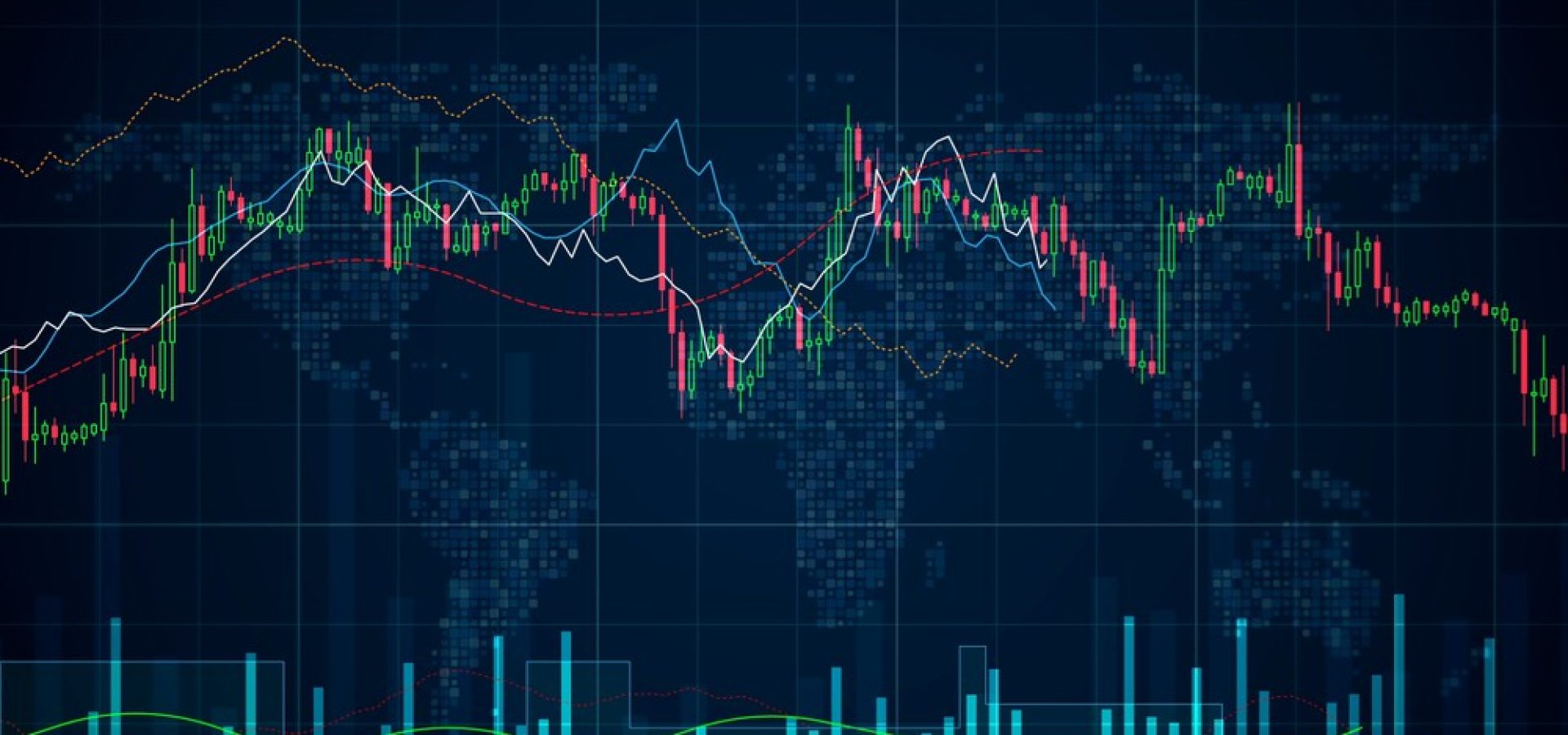
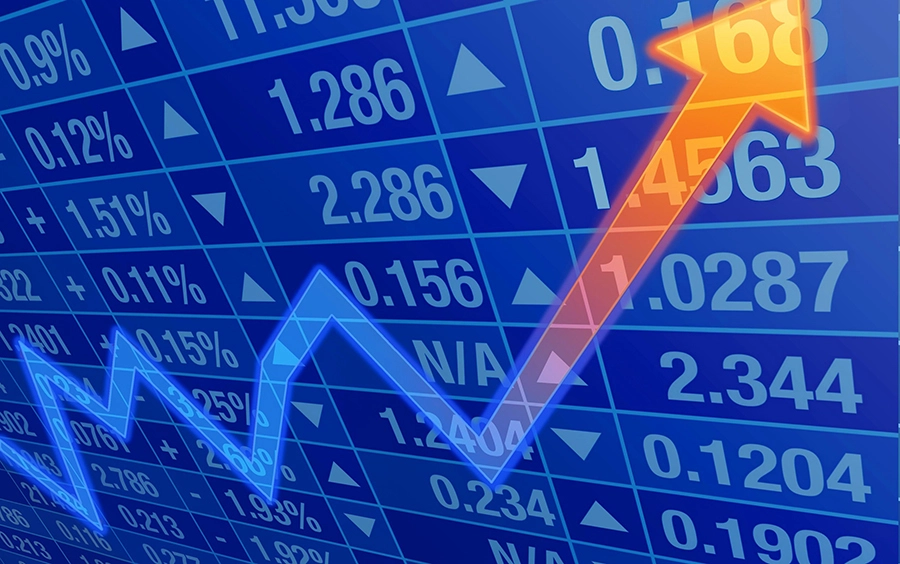






COMMENTS